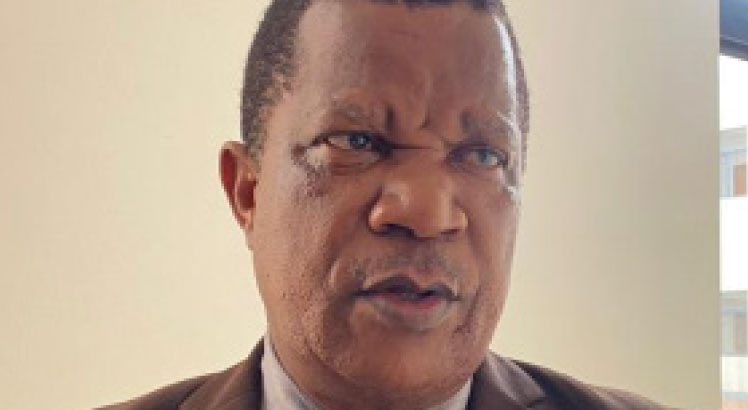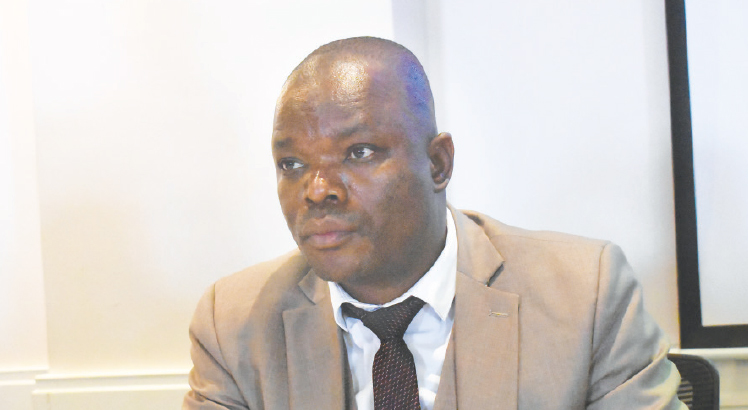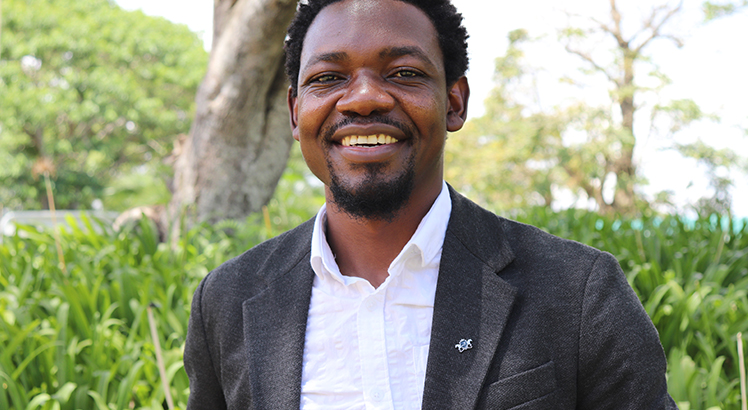‘Let’s scale up green restoration drive’
Alinafe Kaudzu is technical coordinator for the Conservation Sustainable Management of the Dzalanyama Forest Reserve (Cosma DFR) which is being supported by Japanese International Cooperation (Jica), Lilongwe Water Board in partnership with the Forestry Department to restore the critical catchments in the reserve. This ecosystem provides a lifeline for capital city residents through supply of clean and potable water. Our correspondent CHARLES MKOKA caught up with her during this year’s tree planting at Katete Plantations in Lilongwe.
Dzalanyama Forest Reserve is a victim of rampant deforestation. What is the extent of the damage and steps being taken towards restoring the ecosystem?
The forest indeed faced massive destruction mainly through charcoal production apart from other factors not limited to large-scale firewood collection, brick production, tobacco curing and uncontrolled forest fires, among many others. A comparison of the forest biomass in the reserve indicates that between 2013 and 2015, the reserve lost 15 percent of its biomass. As part of solving such critical situation, the Office of the President and Cabinet [OPC] held the first stakeholders’ meeting in January, 2015, to discuss serious deforestation of Dzalanyama where it was decided to engage Malawi Defence Force [MDF] patrol operations where soldiers were deployed with funding from Lilongwe Water Board.
Concurrently, an emergency action plan [EAP] was drafted to strategise short-to-medium term interventions in liaison with various stakeholders which was later approved by stakeholders’ meeting. In addition, to solve the serious technical and financial constraints, government requested implementation of technical cooperation project from Japan hence the Project for Conservation and Sustainable Management of Dzalanyama Forest Reserve. The project activities include forest restoration and management including trial of sustainable charcoal production as supported by the National Charcoal Strategy, livelihood improvement, financial mechanism for sustainability after Cosma-DFR phases out, communication and environmental education but also monitoring and evaluation.
Surely, dealing with a scale of the problem in Dzalanyama need a multi-sectoral approach to contain it as issues of energy poverty and population growth as the driving factors. Who else are you working with as part of a common front?
Realising that forest conservation requires a holistic approach, we have a broad engagement of stakeholders. Our main counterpart institutions being Department of Forestry and Lilongwe Water Board and the surrounding communities but we also work with non-governmental organisations like Wildlife Environmental Society and cooperatives like Maluso Cooperative Union. On a wider spectrum, we work with various government departments that are relevant to the activities mentioned above through working groups and in tree planting exercises led by the OPC. There are also private sector institutions like Alliance One International Tobacco Company and of recently Limbe Leaf Tobacco Company but we also have one beverage company called Zamm Investment that produces Cool Drop bottled water that supports conservation activities through eco-labelling where the project receives monthly remittance from their sales since January, 2018 and in banking sector, we work with National Bank of Malawi just to highlight a few.
How are instruments like the National Charcoal Strategy and National Landscape Restoration Plan helping in this fight?
The National Charcoal Strategy looks at the following pillars which also help the project accomplish its goals. Promoting alternative household cooking fuels; promoting adoption of fuel-efficient cookstove technologies; promoting sustainable wood production; regulation of sustainable charcoal production; enhancing livelihoods; promoting information, awareness and behavior-change communications; and strengthening law enforcement. On the other hand, the National Landscape Restoration Plan frameworks priority opportunities and interventions that do translate the possible of restoration into multiple benefits such as improved food security, increased biodiversity, improved water supply, job creation, income, carbon sequestration and enhanced resilience to climate change. The ultimate goal is to create enabling conditions, at a scale that incentivises and rewards the sustainable use of natural resources. Thus helping the project achieve its goals.
You have been participating in tree planting in the reserve for five times now. How is natural regeneration of species fairing in the reserve?
On average, survival rate is 70 percent in these years that OPC has been leading tree planting in the reserve. Natural regeneration is improving every year thanks to the MDF especially in areas with less charcoal production records like Dedza side where we have the Community Forestry Scouts thus patrolling the reserve by local communities supported by Department of Forestry and Lilongwe Water Board.
How are you working with the local communities to ensure they play their role in managing the reserve as custodians living on the peripheral of the reserve?
Understanding that the communities are one of the interested parties that if not involved in conservation activities might be part of the problem, we are engaging them in various activities. Apart from community patrols as stated above, villagers are also employed as casual laborers in tree planting, forest management activities especially in areas close to the two plantations within the reserve.
There is also a component of bee-keeping which is part of the livelihood improvement that engages the communities but also we also conduct the fire campaigns. We developed a documentary that we use to inform the communities about the ways they can use to be part of conserving the reserve, dangers of not conserving the reserve, policies that govern forest conservation, interventions that are existing and lastly about the benefits they can freely get from the reserve for their consumption and income generation like collection of seasonal non-woody forest products.





